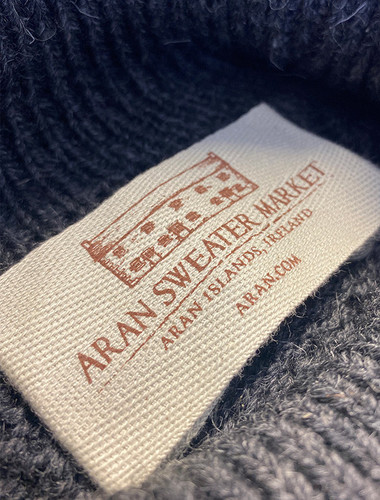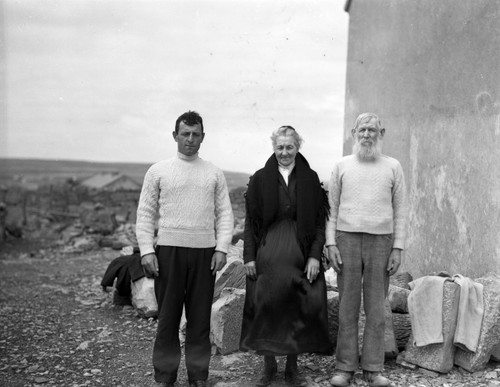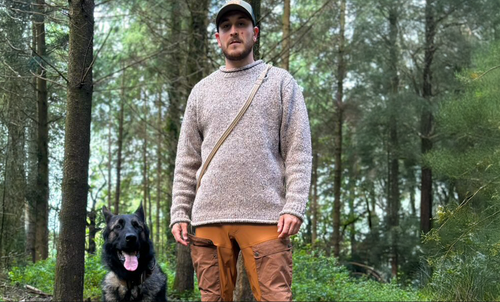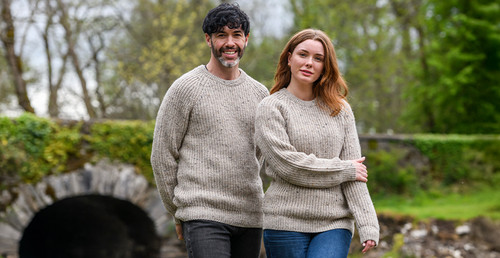Blog
Wool vs Cotton Sweater
Posted by Aran Sweater Market on 19th Aug 2025
Can’t make up your mind on whether to choose a wool vs cotton sweater? Cotton sweaters are widely available, inexpensive and easy to clean, But is a cotton sweater the best choice for you?
We&r
… read more
Types of Turtleneck Sweaters
Posted by Aran Sweater Market on 19th Aug 2025
There are many different types of turtleneck sweaters, but which one is right for you? We’ve written this guide to help you narrow down your turtleneck choices.
You’ll find lots of turtle
… read more
Heritage Week: Remembering The Roots of the Aran Sweater
Posted by Aran Sweater Market on 14th Aug 2025
It’s heritage week in Ireland and we’re celebrating the roots of some of our cultural icons - including, of course, the Aran sweater! National Heritage Week is an initiative by the Heritag
… read more
Are Aran Sweaters Good Quality?
Posted by Aran Sweater Market on 18th Jul 2025
You want more than warmth and style when investing in a new sweater for your wardrobe or shopping for a gift for a loved one. You want peace of mind knowing you’re buying a garment that will st
… read more
Cable Knit vs Fisherman Sweater
Posted by Aran Sweater Market on 18th Jul 2025
Few things feel as satisfying as adding a timeless, well-made sweater to your wardrobe. But with so many different styles at your fingertips, it’s easy to become overwhelmed when sweater shoppi
… read more

 STORES
STORES
 Euro
Euro
 US Dollar
US Dollar
 Pound Sterling
Pound Sterling
 Australian Dollar
Australian Dollar
 Canadian Dollar
Canadian Dollar
 Japanese Yen
Japanese Yen









